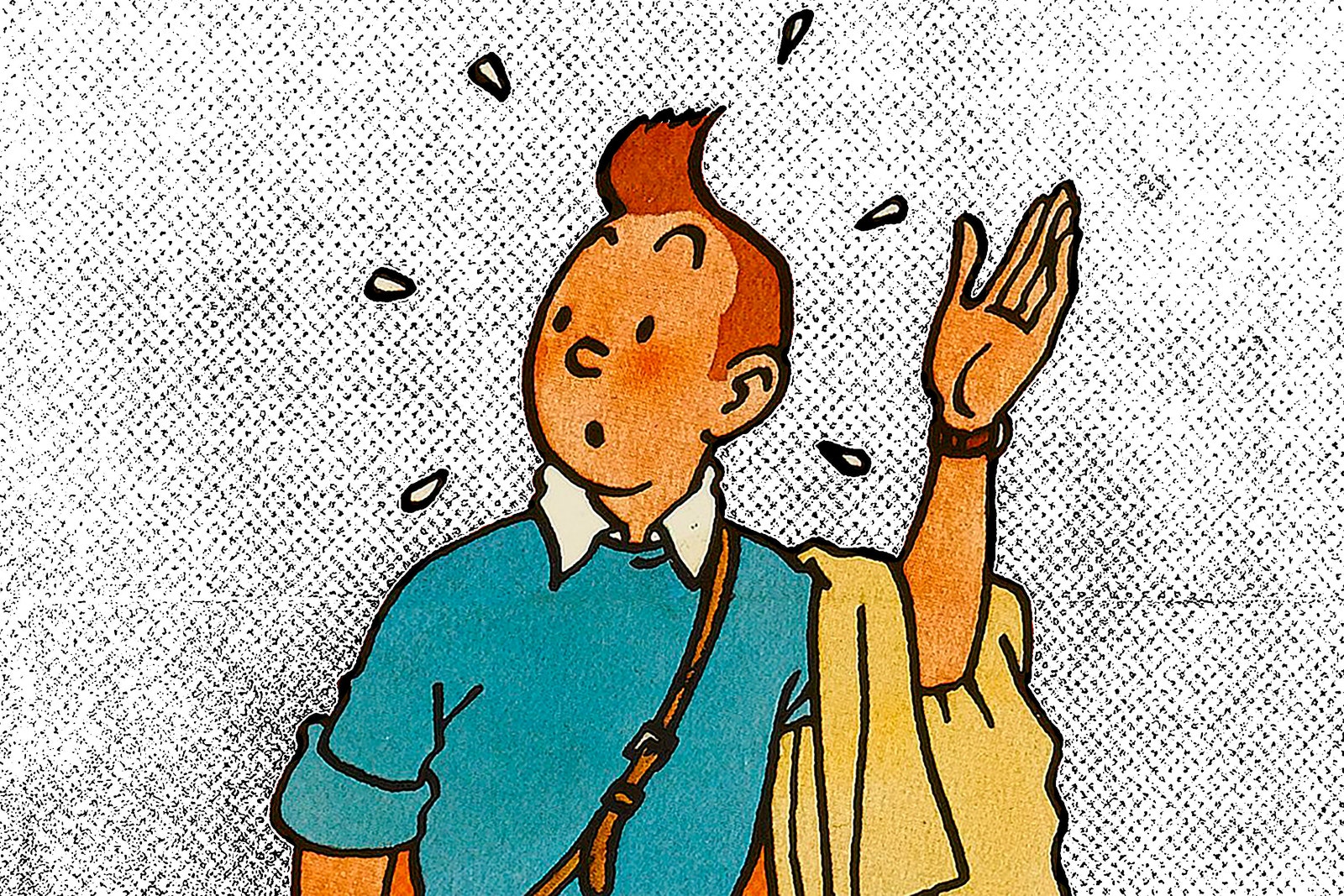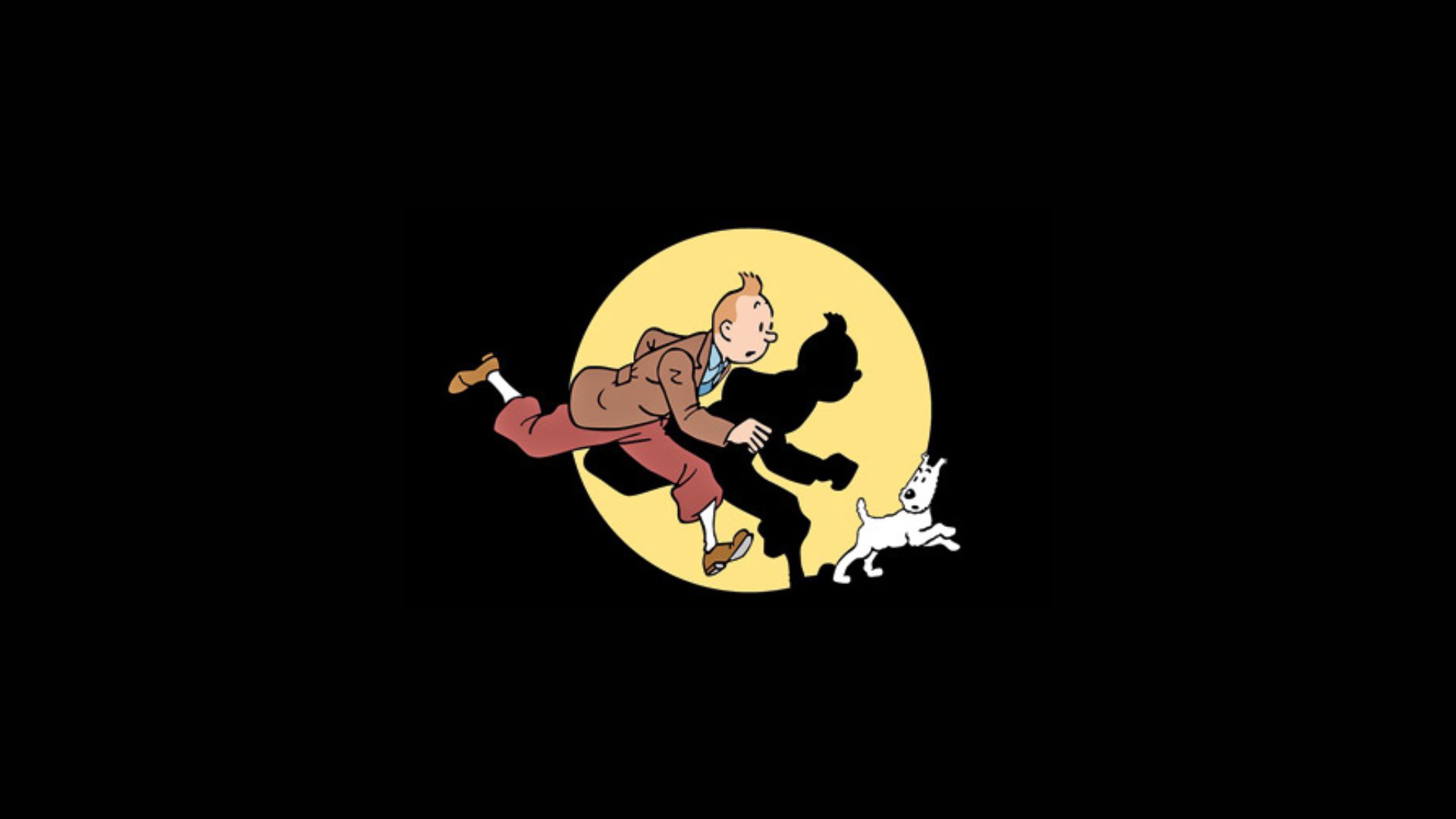Exploring The Depths Of Bias And Nostalgia In Hergé's Tintin
Hergé's Tintin, a timeless creation that has captured the hearts of readers worldwide, is more than just a comic series—it's a cultural phenomenon. As we delve into the vivid adventures of the intrepid reporter and his eclectic companions, it becomes evident that the narrative is not immune to the influences of bias and nostalgia. This article will unravel the layers of these elements in Hergé's Tintin, shedding light on how they contribute to the series' enduring appeal.
Sep 06, 20211090 Shares32052 Views
Hergé's Tintin, a timeless creation that has captured the hearts of readers worldwide, is more than just a comic series—it's a cultural phenomenon. As we delve into the vivid adventures of the intrepid reporter and his eclectic companions, it becomes evident that the narrative is not immune to the influences of bias and nostalgia. This article will unravel the layers of these elements in Hergé's Tintin, shedding light on how they contribute to the series' enduring appeal.
The Bias Tapestry In Tintin's World
The Colonial Lens - Tintin's Global Odyssey
One cannot ignore the colonial undertones embedded in some of Tintin's earlier adventures. From "Tintin in the Congo" to "The Blue Lotus," Hergé's portrayal of non-European cultures reflects the prevailing biases of the time. Unraveling the colonial lens exposes a complex tapestry of stereotypes and prejudices, providing a window into the mindset of the era.
Character Dynamics - Stereotypes And Evolution
While characters like Captain Haddock and Professor Calculus have become beloved icons, Tintin's world is not without its share of stereotypes. Examining the evolution of characters throughout the series reveals Hergé's attempts to confront and rectify some of these biases. The transformation of characters over time reflects the artist's evolving perspectives and societal changes.
Navigating The Seas Of Nostalgia
The Tintin Formula - A Nostalgic Constant
Nostalgia is a potent force in Tintin's universe, and Hergé masterfully weaves it into the very fabric of the series. The familiar formula of globetrotting adventures, eccentric characters, and Tintin's unwavering sense of justice creates a nostalgic anchor for readers. This consistency fosters a deep connection between the audience and the series, transcending generations.
Visual Aesthetics - A Journey Through Time
Hergé's distinctive visual style is a crucial contributor to the nostalgic allure of Tintin. The clean lines, meticulous details, and iconic characters evoke a sense of familiarity and comfort. Exploring the evolution of Hergé's artistic approach over the years unveils the delicate balance between preserving the essence of the series and adapting to the changing artistic landscape.
The Intersection Of Bias And Nostalgia
Reckoning With The Past - Addressing Biases In Tintin
As society evolves, so does our understanding of biases and cultural sensitivities. The question arises: How do we reconcile the nostalgic love for Tintin with its historical biases? Modern reinterpretations, discussions, and critical analyses provide a space for readers to engage with the series in a nuanced way, acknowledging its flaws while appreciating its enduring qualities.
The Power Of Nostalgia - A Bridge Across Generations
Nostalgia, when wielded thoughtfully, can be a bridge between generations. By acknowledging the biases present in earlier Tintin adventures, readers can engage in conversations that transcend the comic's original context. The shared love for Tintin becomes a starting point for discussions about cultural sensitivity, historical perspectives, and the evolution of storytelling.
Conclusion
In the vast tapestry of Hergé's Tintin, the interplay of bias and nostalgia creates a paradox that defines its enduring legacy. As readers, we navigate the challenges of confronting historical biases while cherishing the nostalgic connection to a beloved series. Tintin's adventures continue to captivate us, urging us to reflect on the past, engage with the present, and ponder the timeless nature of storytelling.
Latest Articles
Popular Articles
